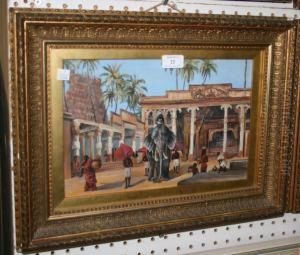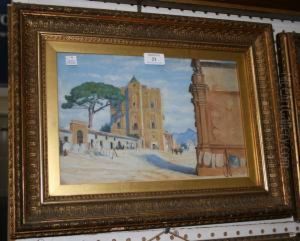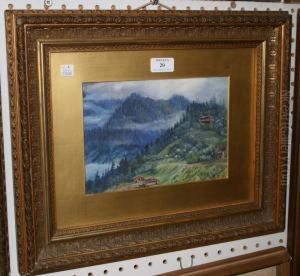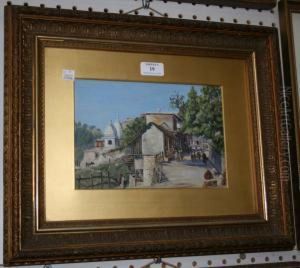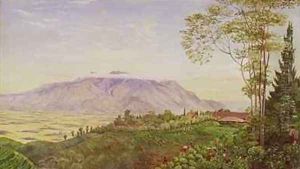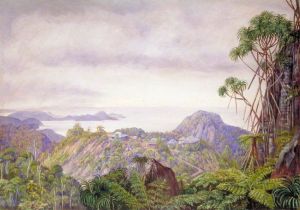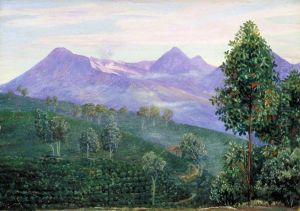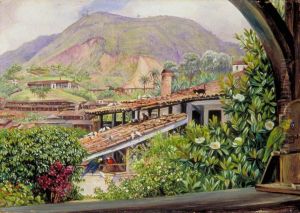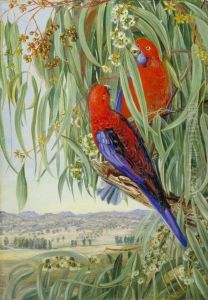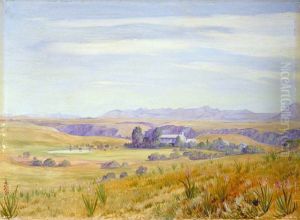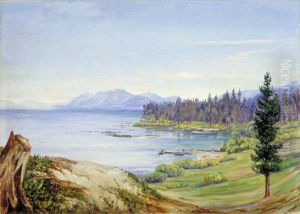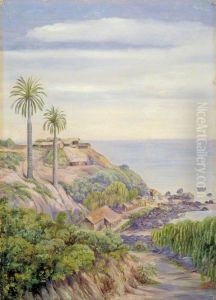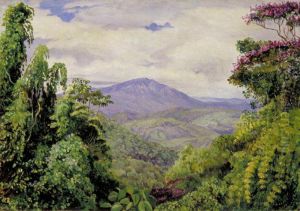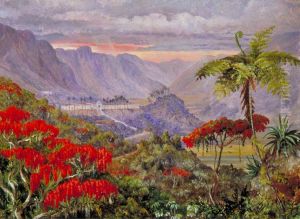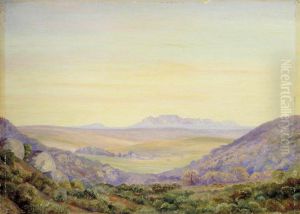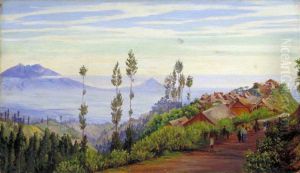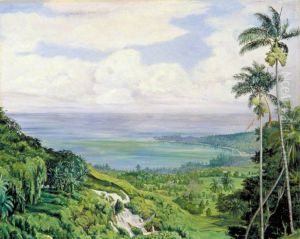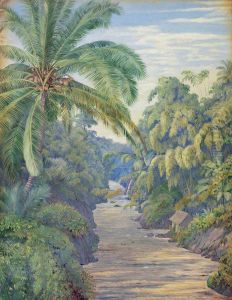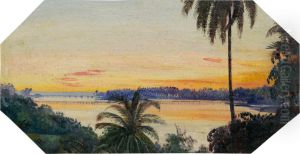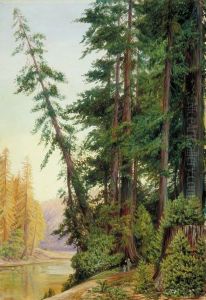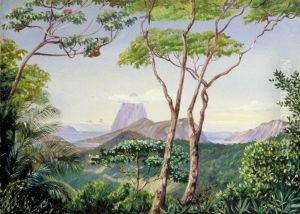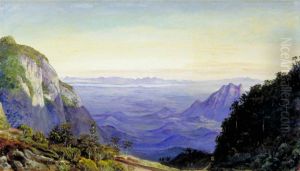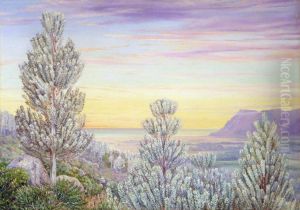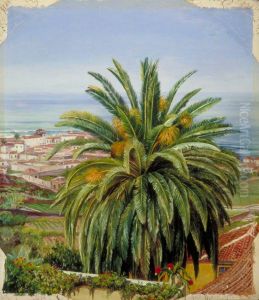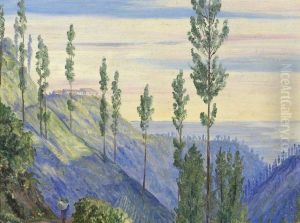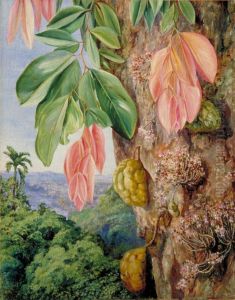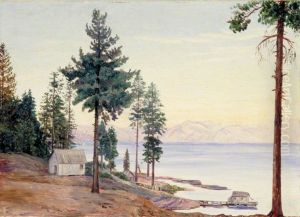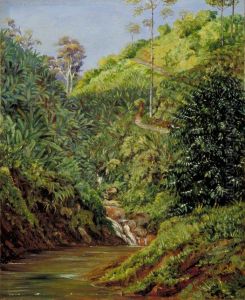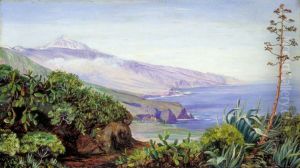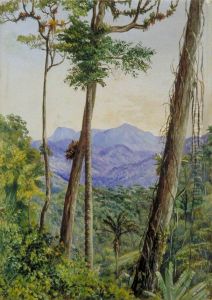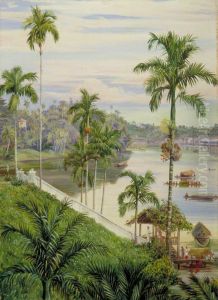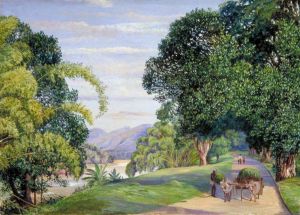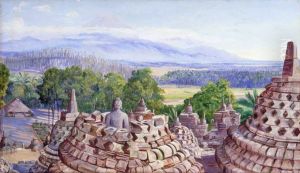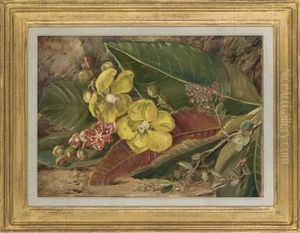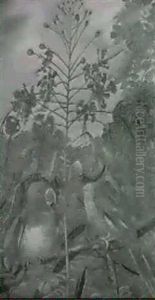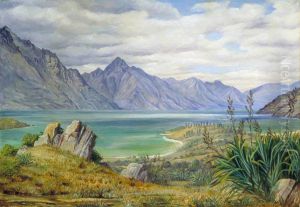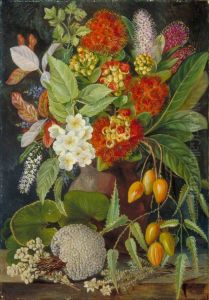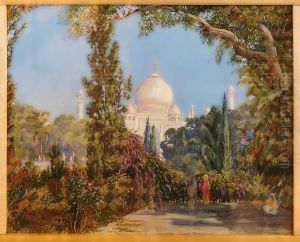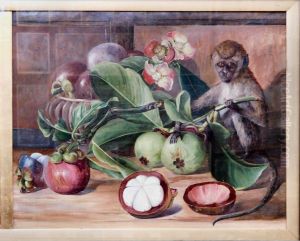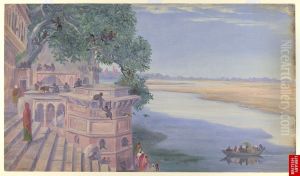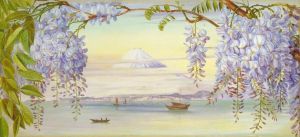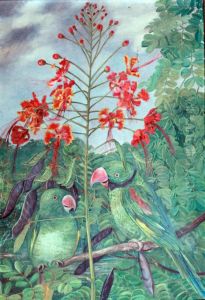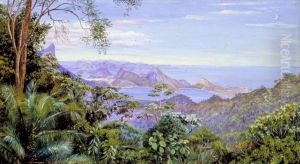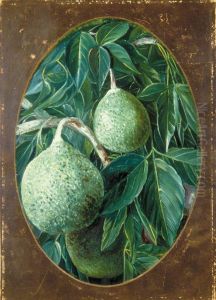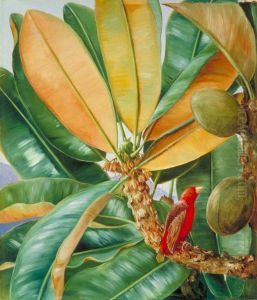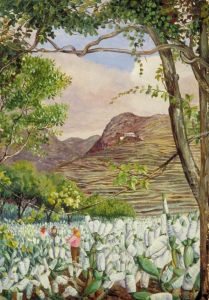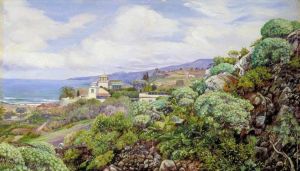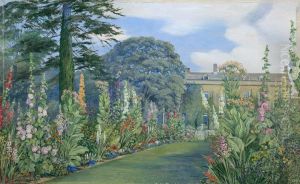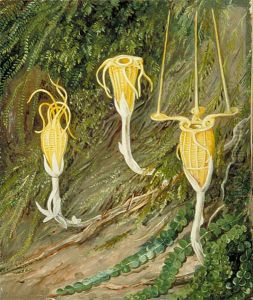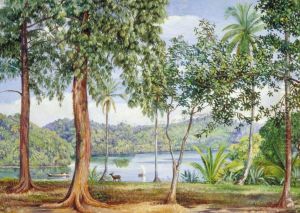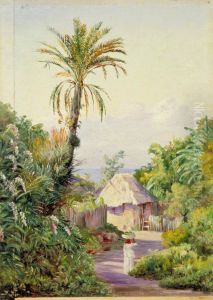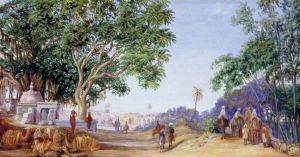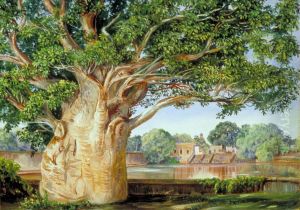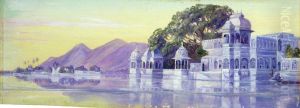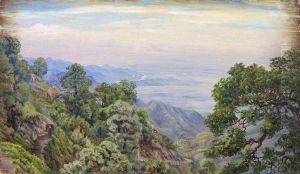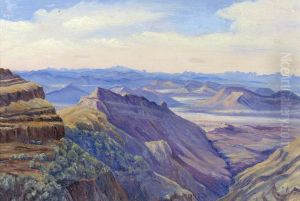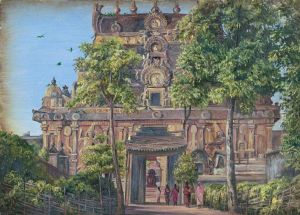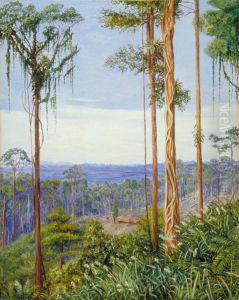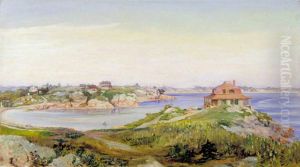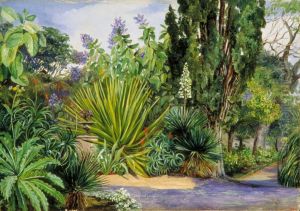Marianne North Paintings
Marianne North was an English naturalist and botanical artist known for her detailed plant and landscape paintings, as well as her extensive travels. Born on October 24, 1830, in Hastings, East Sussex, England, she was the eldest daughter of Frederick North, a Member of Parliament, and Janet Marianne North.
North was educated at home and showed an early interest in plants and painting. However, it wasn't until later in life, after the death of her mother and her father's encouragement to travel, that she began to pursue her passion for painting plants in their natural habitats seriously. Her father's position and wealth enabled her to travel widely and devote herself entirely to her art.
Following her father's death in 1869, North began to travel even more extensively. She visited Canada, the United States, Jamaica, Brazil, Japan, Singapore, Borneo, Java, Sri Lanka, India, Australia, New Zealand, South Africa, Seychelles, and many other regions, painting the local flora and landscapes. Her aim was to paint the flora in each location in situ, a task which she approached with a scientific as well as an artistic eye, creating a vast collection of work that was both botanically accurate and aesthetically pleasing.
In total, North produced more than 800 paintings. Rather than using the traditional approach of painting on white backgrounds, she often painted her subjects on their natural, colored backgrounds, which was innovative for her time and added to the liveliness and realism of her work. Her paintings are particularly valuable for their historical record of the flora in many regions during the 19th century.
In 1882, North donated her collection of paintings to the Royal Botanic Gardens, Kew, and funded the construction of a gallery to house them. The Marianne North Gallery opened in 1882 and remains a popular attraction at Kew Gardens, housing the largest collection of works by any female artist in the world.
North continued to travel and paint until her health declined. She passed away on August 30, 1890, in Alderley, Gloucestershire, England. Her legacy lives on not only through her paintings but also through her autobiography, 'Recollections of a Happy Life,' which provides insight into her adventurous life and the Victorian era's approach to both science and art.
